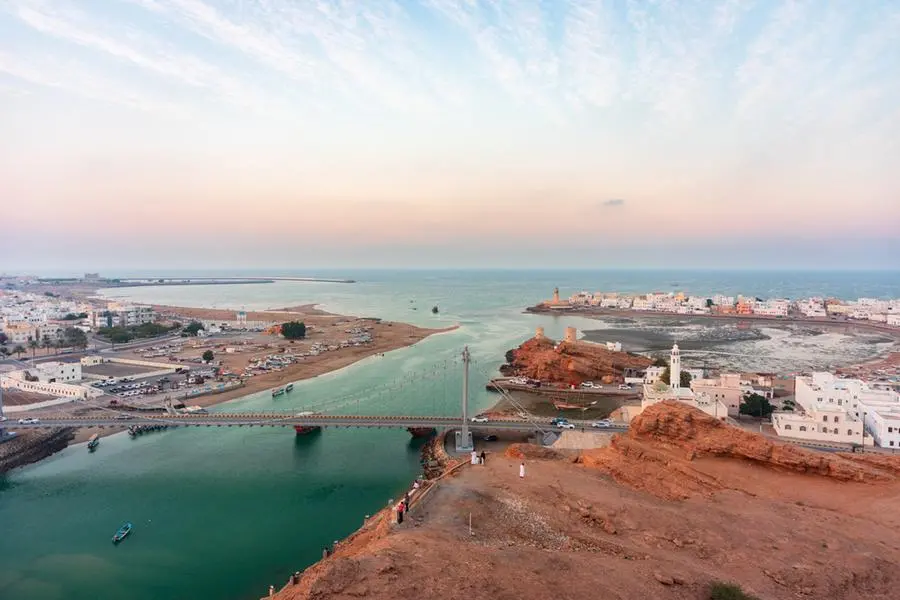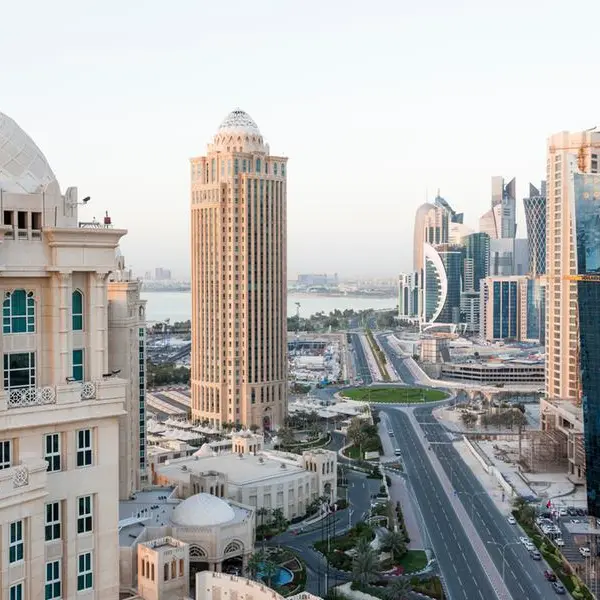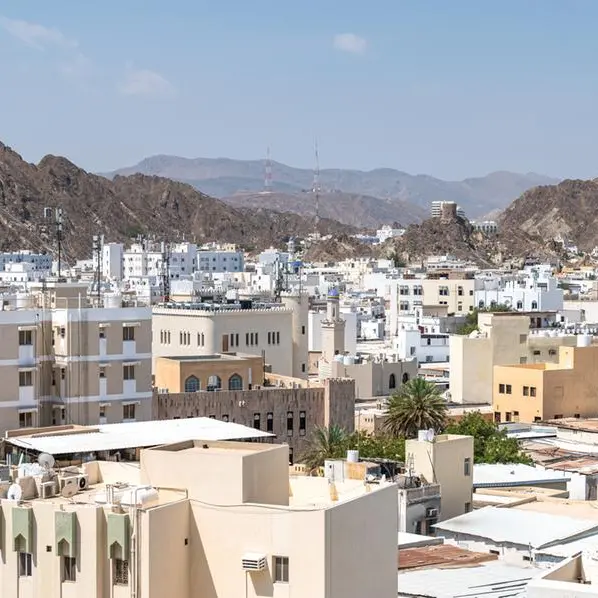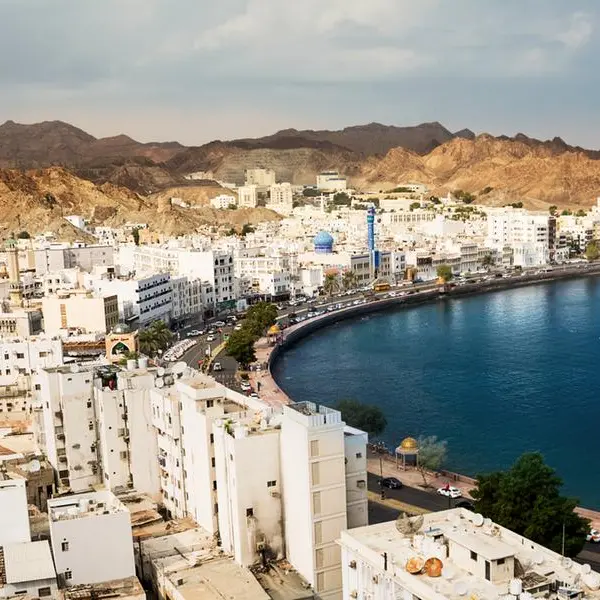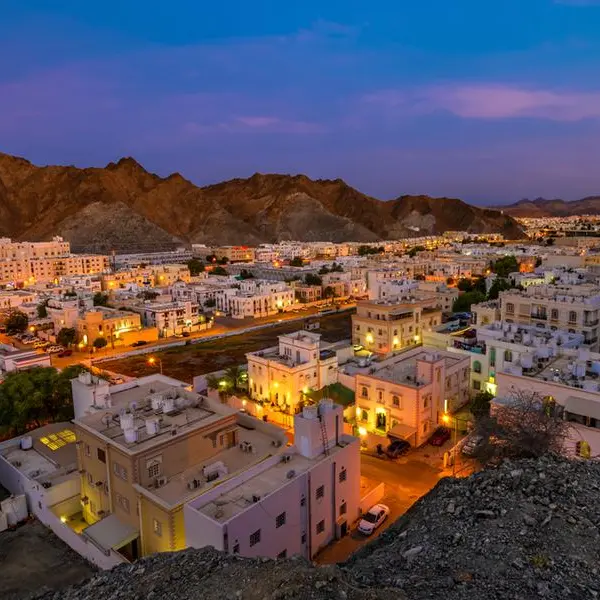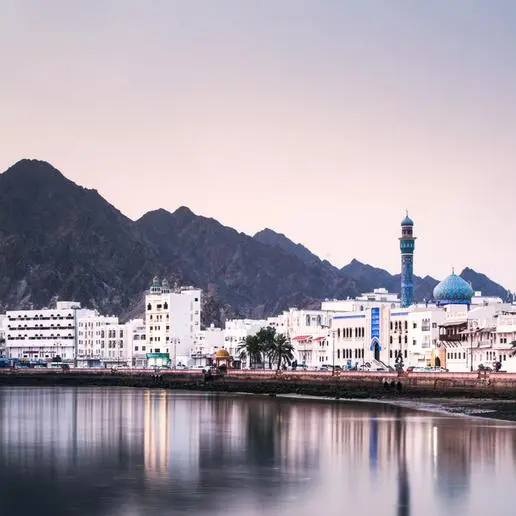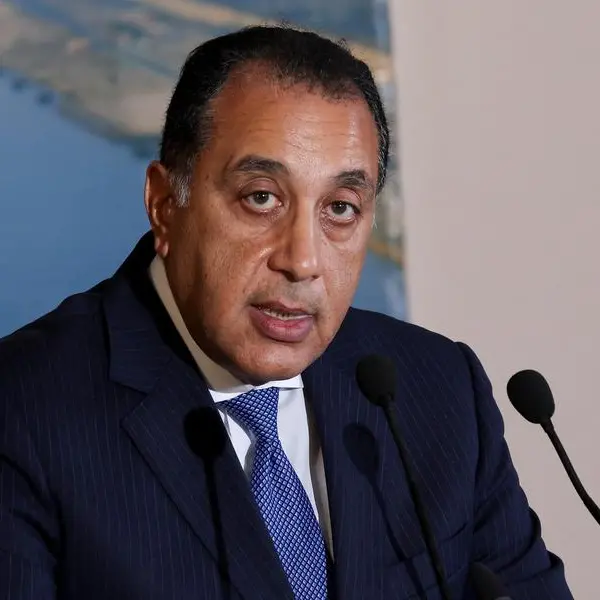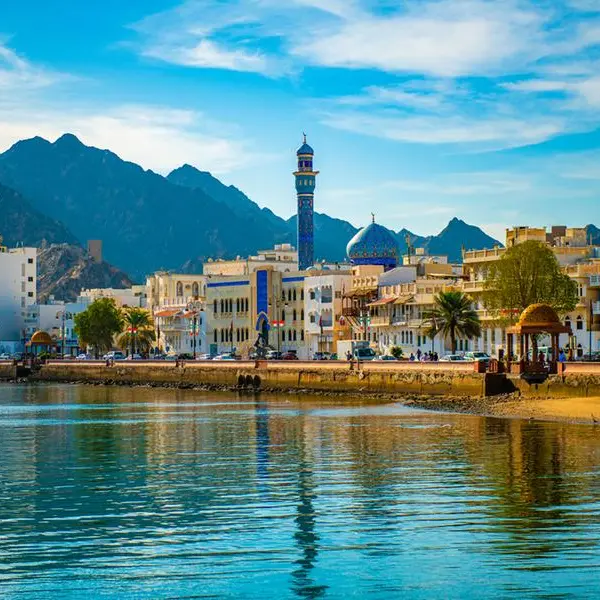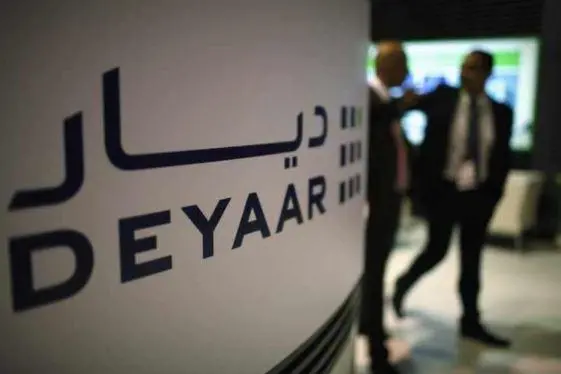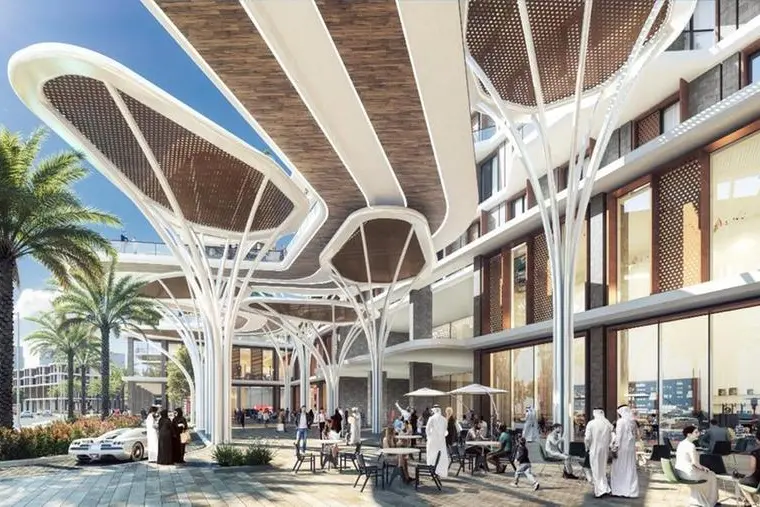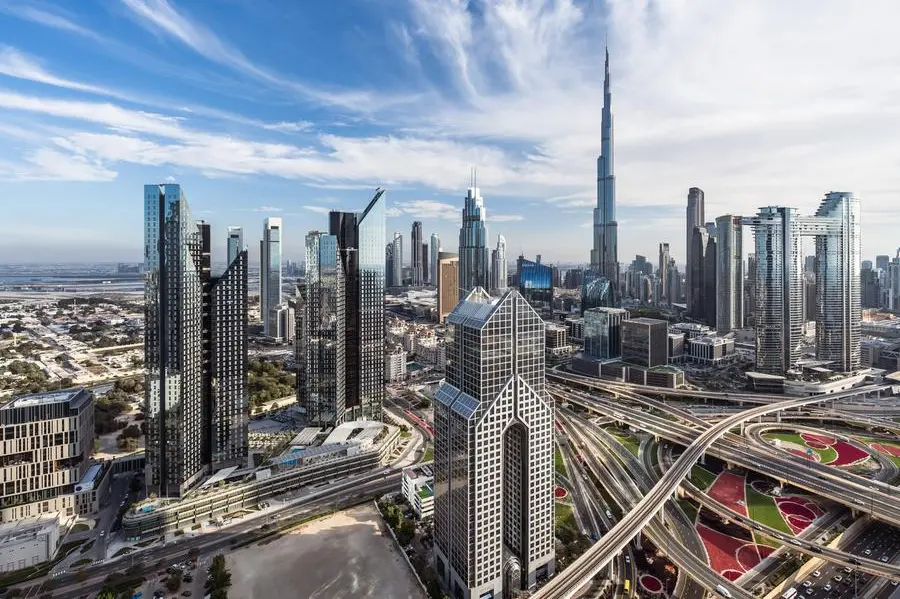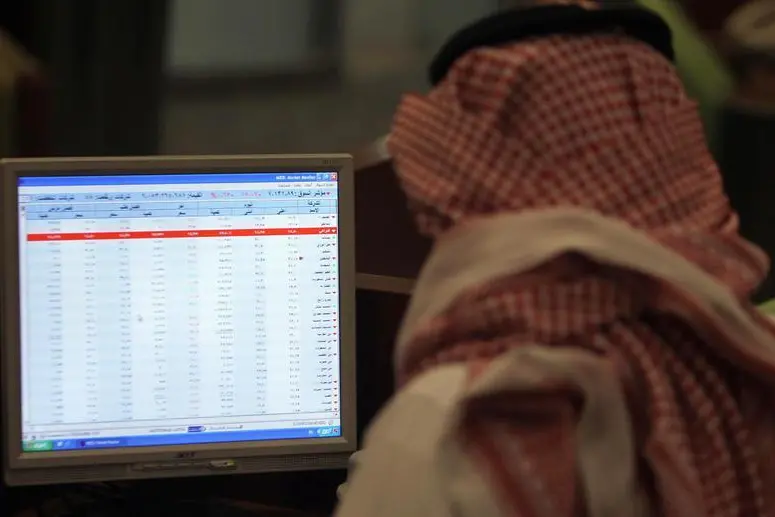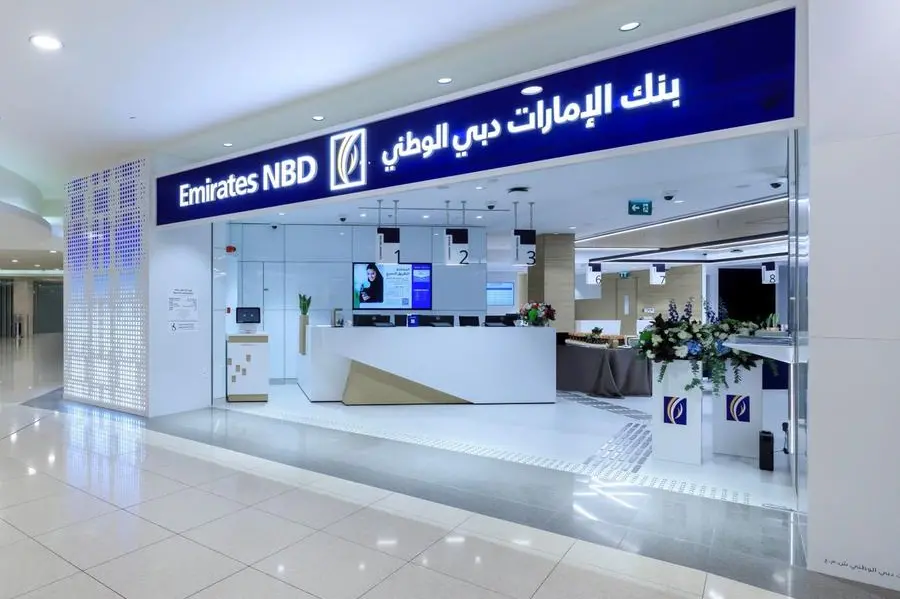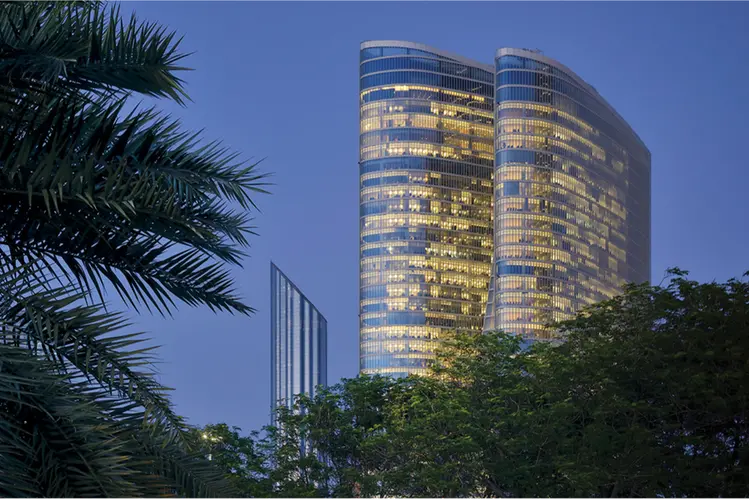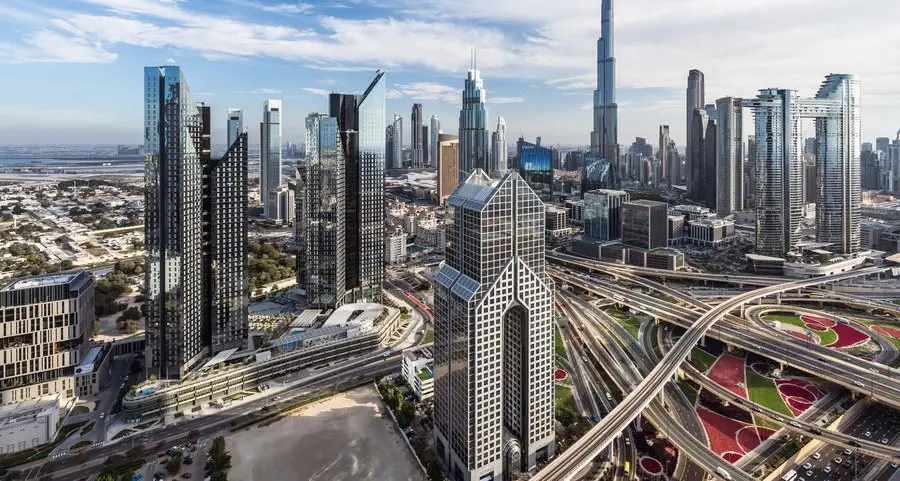PHOTO
Panoramic view on west and east part of the Sur city connected by Al Ayjah Bridge, golden hour. Sur Province, Sur, Oman. Image used for illustrative purpose Getty Images
MUSCAT: The complexity of policy frameworks—not technology or ambition—is the real bottleneck in accelerating renewable energy deployment, said Dr Firas al Abduwani, Director General of Renewable Energy and Hydrogen at the Ministry of Energy and Minerals (MEM), during a high-level panel at the Oman Petroleum & Energy Show (OPES) on Tuesday.
Speaking during the “Innovation in New Energies to Enable the Transition” session hosted by the Society of Petroleum Engineers (SPE), Dr Al Abduwani emphasised that policymaking—often criticised as slow or outdated—is far more nuanced than commonly assumed.
“Everyone says, ‘Why aren’t we doing more renewables?’ and the answer is always ‘the policy’. But very few understand how deeply layered and technically complex these policies are,” he said. “It’s not just about ambition. It’s about designing policies that reflect economic realities, legacy infrastructure, and affordability for consumers and industry.”
HIDDEN COSTS, REAL CONSTRAINTS
Dr Al Abduwani explained that legacy energy systems—particularly natural gas—are heavily subsidised and socially embedded in Oman’s industrial model, which makes sudden shifts toward renewables politically and economically risky.
“Gas in Oman is not treated purely as a commodity—it’s socialised,” he said. “It underpins electricity prices, industrial feedstock, and household consumption. Reforming that structure is like changing the wheels of a moving car.”
He estimated that Oman continues to spend over a billion dollars annually in subsidies, underscoring how embedded fossil fuels remain in the nation’s economic architecture.
A CALL FOR AGILE, ADAPTIVE POLICY
To enable a credible energy transition, Dr Al Abduwani called for more agile regulatory systems—where electricity generation, storage, and distribution are interconnected with real-time pricing and dynamic access across the grid.
“A modern energy policy must give generators and consumers the flexibility to interact with the grid dynamically. If you want renewables to compete fairly, you need to unbundle and de-subsidise the system with surgical precision,” he said.
He pointed to international examples—such as Germany’s multi-decade subsidy transition and market restructuring—as models worth studying, though not necessarily copying outright.
“Oman must chart its own path, but we can learn from how others sequence the shift—Germany, for instance, gave industries 10 years to adapt to new rules.”
TRANSITION WITHOUT DISRUPTION
Acknowledging that energy transitions risk social backlash if done poorly, Dr Al-Abduwani called for a holistic approach: engaging regulators, consumers, industries, and financiers in synchronised reform.
“You can’t expect households and businesses to absorb cost shocks overnight. Transition must be just, data-driven, and inclusive,” he said. “And that’s why policy is hard. It’s not just about writing laws—it’s about managing trade-offs between security, affordability, and sustainability.”
The OPES panel, which attracted government officials, private sector executives, and global energy experts, was part of broader discussions around Oman’s clean energy roadmap under Vision 2040, particularly its green hydrogen ambitions and renewable capacity targets.
2022 © All right reserved for Oman Establishment for Press, Publication and Advertising (OEPPA) Provided by SyndiGate Media Inc. (Syndigate.info).
